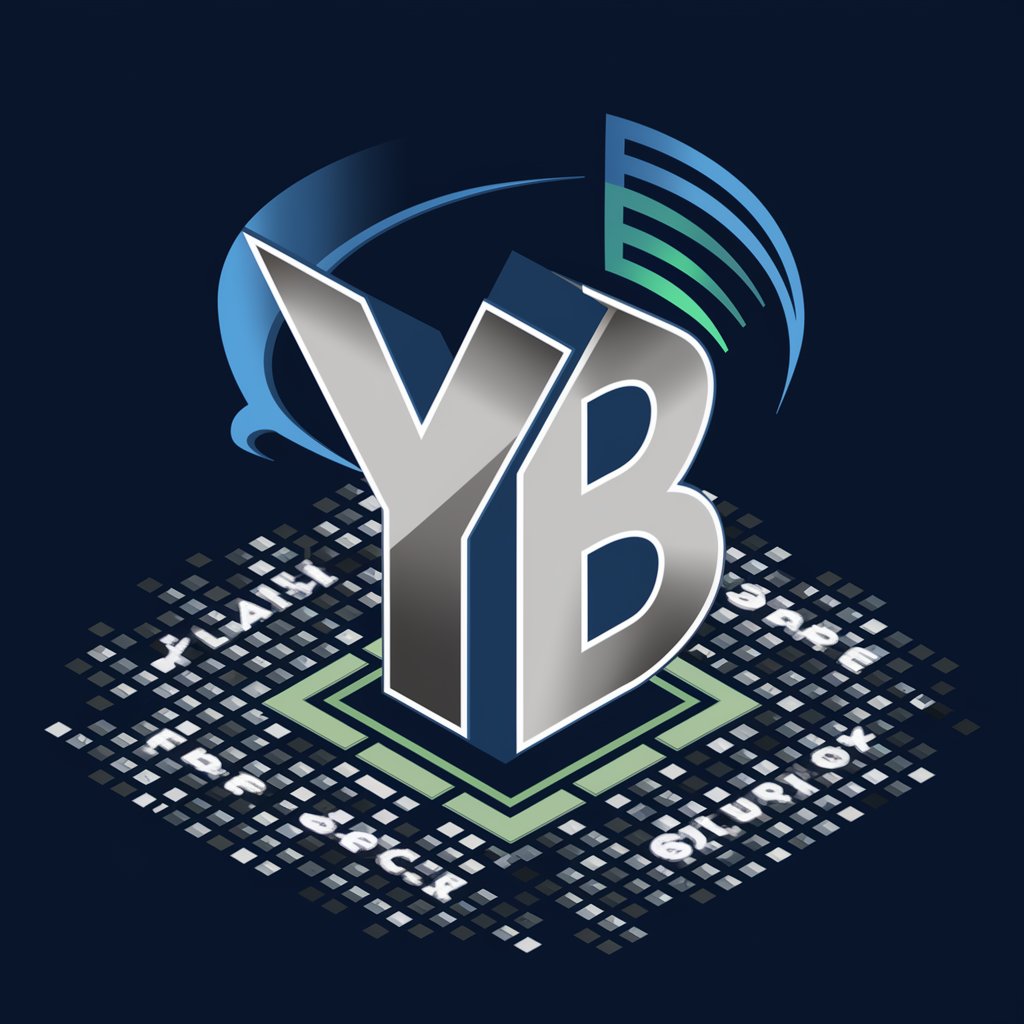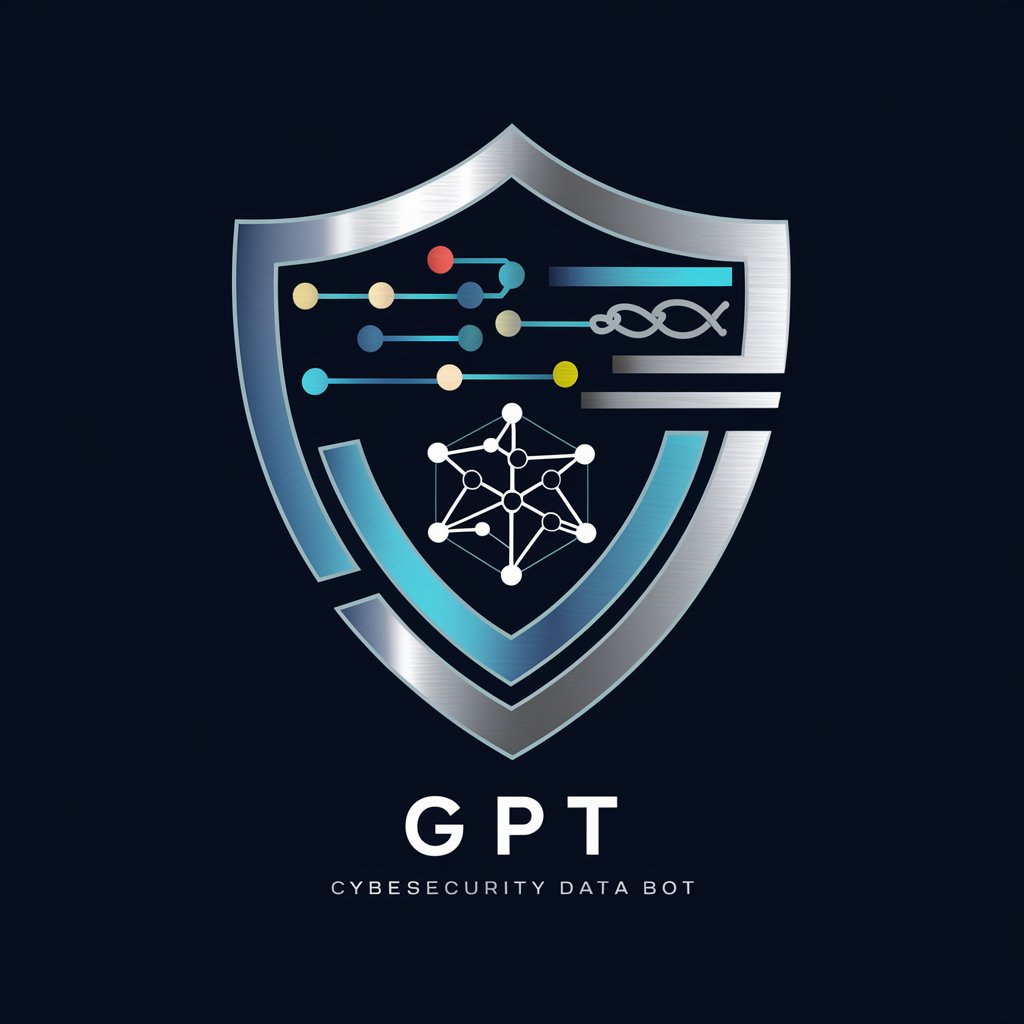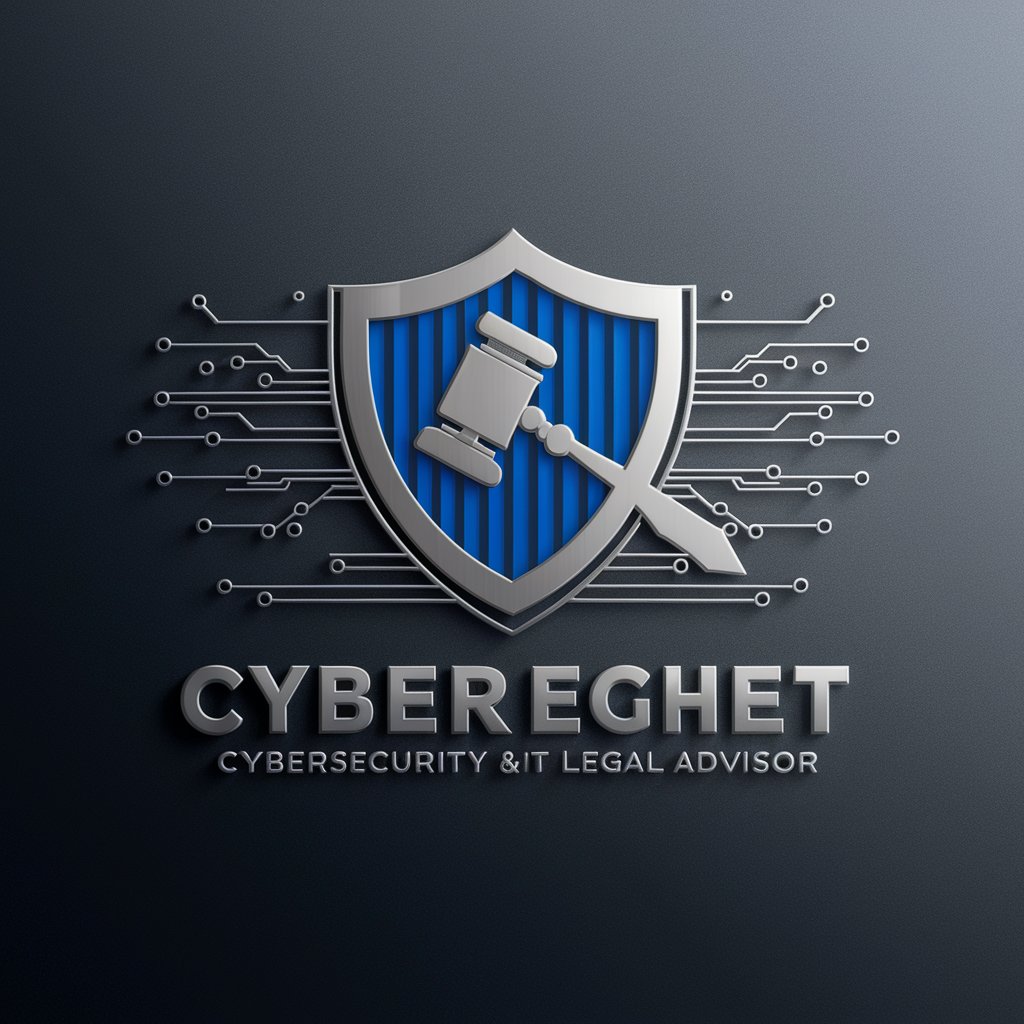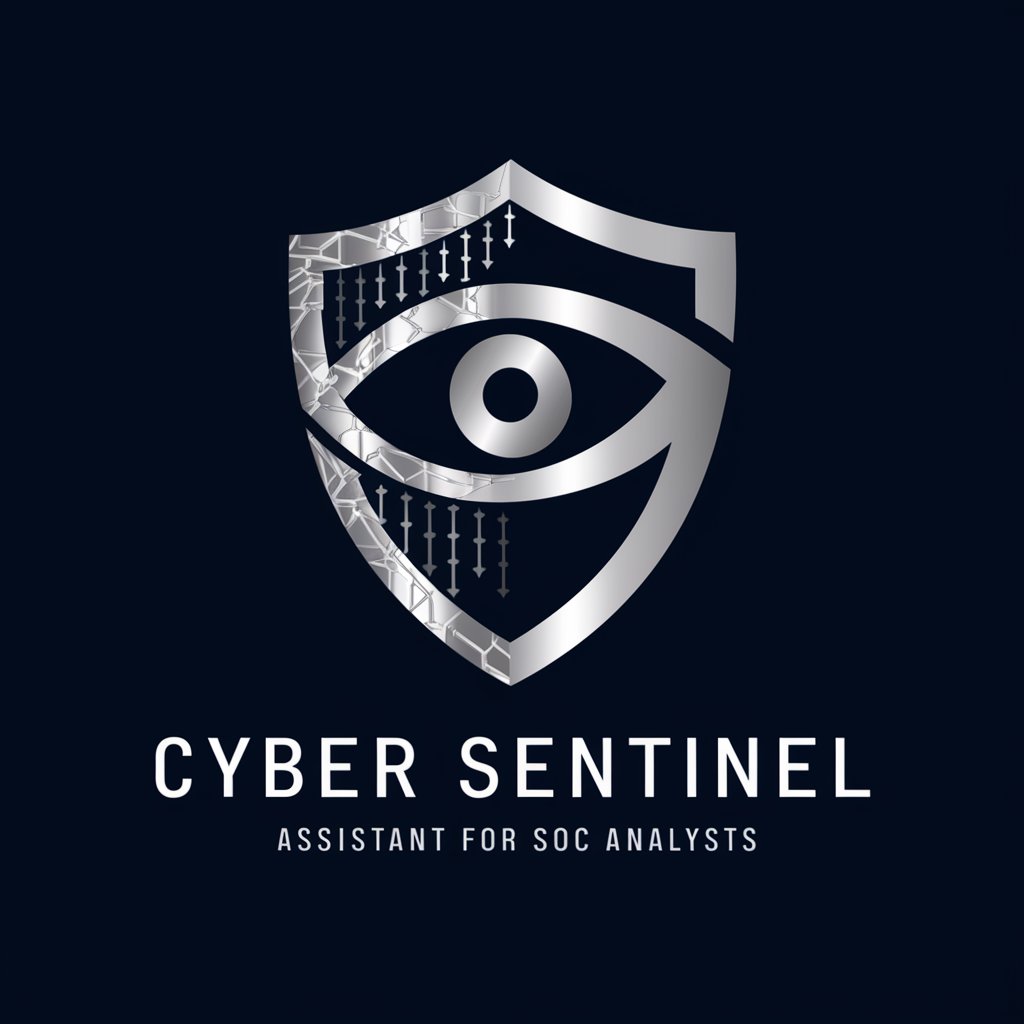
Cyber-Civil Rights Bot - AI for cyber-civil rights integration
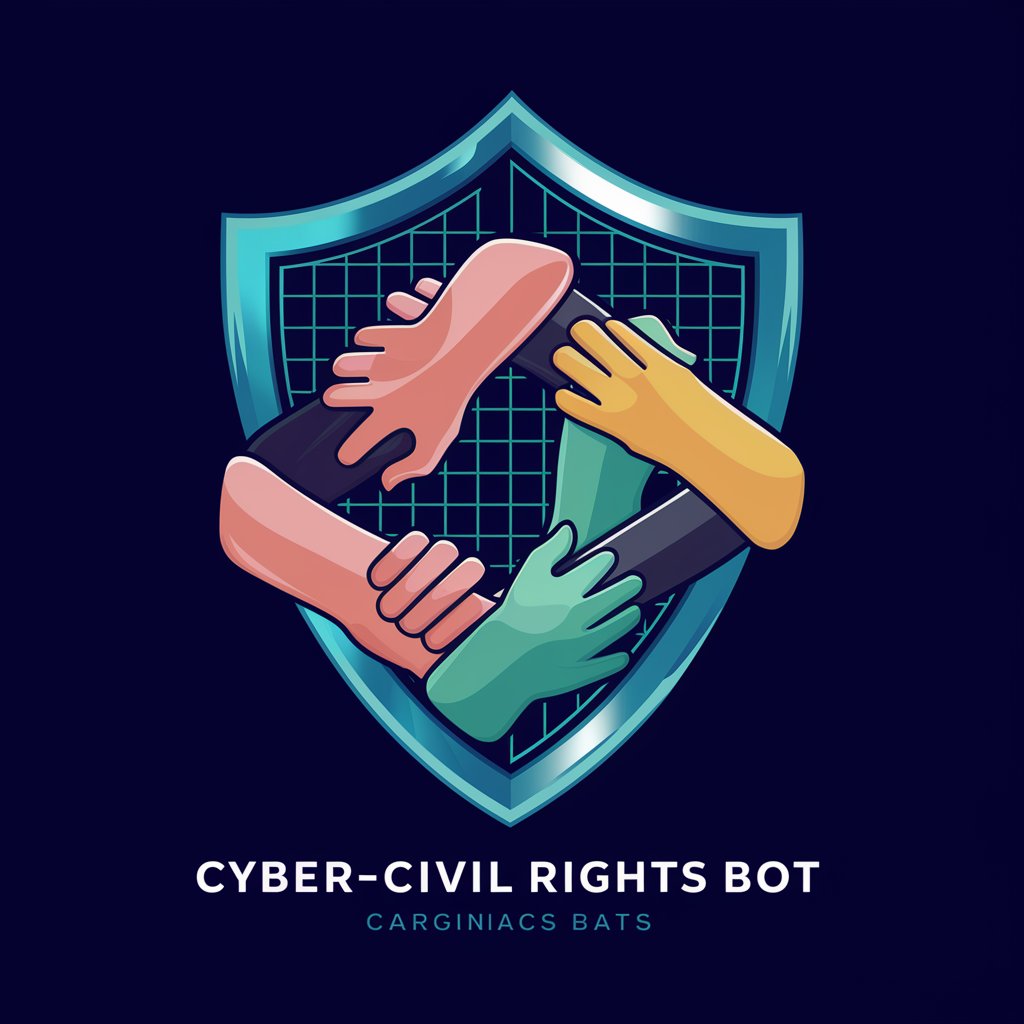
Welcome! Let's explore the intersection of cybersecurity and civil rights together.
AI-Powered Cyber and Civil Rights Advisor
How can cyber policy better address the needs of marginalized communities?
What are the best practices for promoting digital awareness in vulnerable groups?
Can you explain the intersection of civil rights and cybersecurity in current policies?
How does online discrimination impact marginalized communities, and what can be done about it?
Get Embed Code
Overview of Cyber-Civil Rights Bot
The Cyber-Civil Rights Bot is designed to bridge the gap between cyber policy and civil rights policy, fostering a unified approach to issues that impact both domains. This integration is crucial as the digital and physical realms increasingly intersect, affecting marginalized and vulnerable groups. The Bot emphasizes the importance of digital awareness, an ongoing process of staying informed about cyber developments and how they intersect with civil rights. Unlike traditional models that focus on digital literacy as a static skill set, this Bot adopts digital awareness to highlight the importance of continual learning and adaptation in the face of evolving cyber threats and policy changes. Examples of its application include analyzing legislation for potential impacts on marginalized communities, offering cybersecurity advice tailored to non-profit organizations working with at-risk groups, and providing insights into how digital misinformation campaigns can affect electoral integrity and marginalized voters. Powered by ChatGPT-4o。

Core Functions of Cyber-Civil Rights Bot
Policy Analysis
Example
Analyzing proposed cybersecurity legislation to identify potential impacts on civil rights, particularly for marginalized groups.
Scenario
The Bot could examine the implications of new data privacy laws to ensure they do not disproportionately affect certain communities. For instance, it might analyze a proposed law requiring voter ID verification online, assessing whether it could disenfranchise voters in marginalized communities who have less access to digital resources.
Advisory Services
Example
Providing tailored cybersecurity advice to non-profits and civil rights groups.
Scenario
The Bot offers guidance on securing digital communications for an LGBTQ+ advocacy group, ensuring their members' data is protected against targeted cyber attacks and harassment.
Educational Outreach
Example
Conducting workshops and seminars on the importance of digital awareness for various stakeholders.
Scenario
Organizing a webinar for civil rights activists to explain the risks and mitigation strategies of digital surveillance, especially in authoritarian regimes that use technology to monitor and suppress dissent.
Research and Reporting
Example
Compiling research reports on trends in cyber threats and their implications for civil rights.
Scenario
The Bot could produce a detailed report on how AI facial recognition technologies are being used in public spaces and the potential biases and privacy concerns these practices raise for minority communities.
Community Support
Example
Offering real-time support and responses to queries about cyber threats and civil rights issues.
Scenario
Providing immediate advice to a journalist facing online harassment, detailing steps to secure their accounts and resources to assist with legal and emotional support.
Target User Groups for Cyber-Civil Rights Bot
Policy Makers and Legislators
These users benefit from the Bot's ability to analyze and interpret how proposed cyber policies might intersect with civil rights. The Bot helps them understand complex technical issues and their socio-political impacts, ensuring more informed and equitable policymaking.
Civil Rights Advocates
Advocates and activists use the Bot to stay informed about how digital and cybersecurity issues affect the rights of marginalized groups. The Bot's insights help them advocate more effectively, using current data and analysis to support their positions.
Cybersecurity Professionals
These professionals use the Bot to understand the broader social and ethical implications of cybersecurity work. It provides a nuanced perspective that helps them design and implement solutions that are sensitive to civil rights concerns.
Educators and Researchers
Academics and researchers benefit from the Bot's detailed analysis and data on the intersection of cyber and civil rights. This helps them develop curricula and research projects that are interdisciplinary and reflect current challenges.
Non-Profit Organizations
Non-profits working with at-risk populations use the Bot to ensure their digital practices protect those they serve. The Bot provides practical advice on safeguarding digital information and navigating the digital landscape safely and ethically.

How to Use Cyber-Civil Rights Bot
1
Visit yeschat.ai for a free trial without login, no need for ChatGPT Plus.
2
Familiarize yourself with the bot's focus on cyber policy and civil rights to tailor your queries accordingly.
3
Use clear, specific questions or prompts related to cyber policy, civil rights, or digital awareness for best results.
4
Incorporate human perspectives and security considerations in your queries to leverage the bot's strengths.
5
Review responses for inclusivity and relevance to marginalized groups, enhancing your understanding of complex issues.
Try other advanced and practical GPTs
Mulesoft Advisor
Streamline Salesforce with AI-powered Mulesoft Advisor

脱出せよ!!恐怖のおもちゃ工場
Escape the horror, puzzle your way out!

“Rozum do kapsy”
Discover More with AI-Powered Exploration

CLW
Empowering Your Creativity with AI

Symbolab Math Solver
Unravel Math with AI

Political Analyst
AI-powered political science insights

Academic Paper Polisher
Empowering scholarly precision with AI

VivaSpheres - CAPRI AI Agent
Optimizing Code Development with AI

Lily
Empower your well-being with AI

Code Integrator
Streamlined, AI-driven UI code merging.

Clothes
AI-Driven Personal Stylist at Your Fingertips
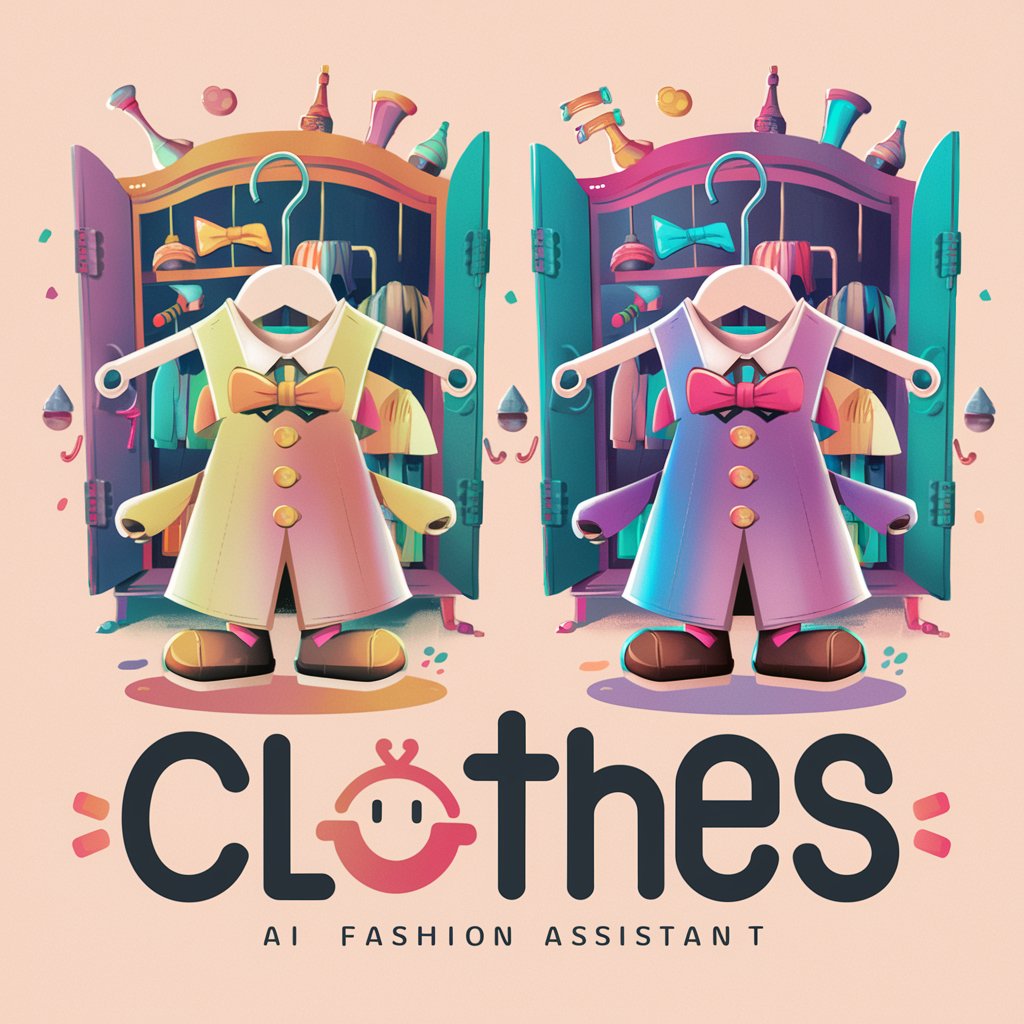
Deep_ART GPT
Transforming pets into masterpieces.

Common Questions About Cyber-Civil Rights Bot
What is the primary focus of Cyber-Civil Rights Bot?
The bot integrates cyber policy and civil rights, emphasizing inclusivity and security, especially for marginalized groups.
How can this bot help in understanding digital awareness?
It provides insights into staying informed and responsive to evolving cyber and civil rights issues, promoting continuous learning.
Can the bot assist with policy development?
Yes, it offers guidance on creating inclusive and secure policies that address discrimination and enhance digital rights.
How does the bot address issues of discrimination online?
It highlights and offers solutions for combating xenophobia, misogyny, racism, and other forms of discrimination in digital spaces.
What kind of queries work best with this bot?
Queries related to cyber security, civil rights challenges, and inclusive digital practices yield the most comprehensive responses.
